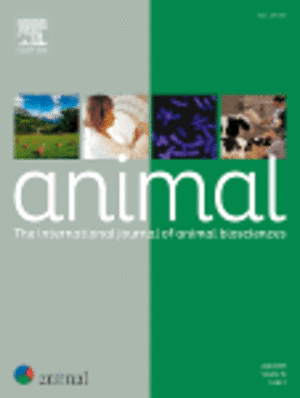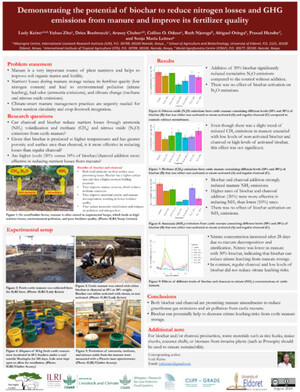
Mound architecture and season affect concentrations of CO2, CH4 and N2O in nests of African fungus-growing termites
Abstract
Termites are a significant natural source of greenhouse gases (GHGs), but quantifying emissions especially from large termite mounds is problematic as they rarely fit in measurement chambers. Predicting fluxes based on internal and atmospheric concentrations could provide an indirect way to assess mound emissions, but developing such models necessitates better understanding of the concentration levels and their variance. We used gas chromatography to measure carbon dioxide (CO2), methane (CH4) and nitrous oxide (N2O) concentrations within nests of two co‐occurring species of fungus‐growing termites in both dry and wet seasons in Kenya, with termite Macrotermes michaelseni building mounds with a closed and Macrotermes subhyalinus with an open ventilation system. Gas concentrations were 3–100 times higher in mounds than the global averages in atmosphere, implying that termite mounds are sources of all three GHGs. Carbon dioxide concentrations were higher in closed than in open mounds. Methane concentrations remained constant in open mounds, whereas closed mounds exhibited considerable variation between nests and across seasons. Concentrations of both CH4 and N2O correlated positively with mound volume during the wet season, whereas interactions with mound size were not observed in CO2 concentrations or during the driest sampling period. These findings underline that among fungus‐growing termites, mound size, ventilation type and precipitation affect nest gas concentrations and with this likely the magnitude of mound GHG emissions. Potential reasons behind the observed relationships are discussed, including differences in population size, biomass of fungus gardens and CH4 oxidation.Termites are a significant natural source of greenhouse gases (GHGs), but quantifying emissions especially from large termite mounds is problematic as they rarely fit in measurement chambers. Predicting fluxes based on internal and atmospheric concentrations could provide an indirect way to assess mound emissions, but developing such models necessitates better understanding of the concentration levels and their variance.We used gas chromatography to measure carbon dioxide (CO2), methane (CH4) and nitrous oxide (N2O) concentrations within nests of two co‐occurring species of fungus‐growing termites in both dry and wet seasons in Kenya, with termite Macrotermes michaelseni building mounds with a closed and Macrotermes subhyalinus with an open ventilation system.Gas concentrations were 3–100 times higher in mounds than the global averages in atmosphere, implying that termite mounds are sources of all three GHGs. Carbon dioxide concentrations were higher in closed than in open mounds. Methane concentrations remained constant in open mounds, whereas closed mounds exhibited considerable variation between nests and across seasons. Concentrations of both CH4 and N2O correlated positively with mound volume during the wet season, whereas interactions with mound size were not observed in CO2 concentrations or during the driest sampling period.These findings underline that among fungus‐growing termites, mound size, ventilation type and precipitation affect nest gas concentrations and with this likely the magnitude of mound GHG emissions. Potential reasons behind the observed relationships are discussed, including differences in population size, biomass of fungus gardens and CH4 oxidation.
Citation
Vesala, R. et al. 2023. Mound architecture and season affect concentrations of CO2, CH4 and N2O in nests of African fungus-growing termites. Ecological Entomology










